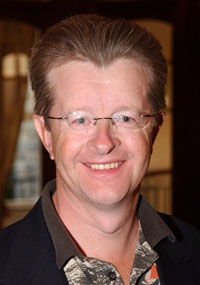I swam across the Potomac River on Saturday, June 2nd. It was the second Potomac River Sharkfest, run along side the
Gov. Harry Nice Bridge.
The water was much clearer and cleaner than I expected. We had lots of rain Friday night, and the Potomac was silty and brown up river in Georgetown Saturday morning.
The tide was just switching from incoming to outgoing when we started. The tide was not a factor; however the waves were. Those are white-cap waves in the middle of the river. It was a bit challenging to get tossed around as much we were.
I used a sleeveless wetsuit for the swim. The water was about 75 degrees, so it wasn't really necessary, but it helped in the waves. Breathing was difficult with the waves. I was taking in water no matter which side I breathed on. It was better breathing on the lee side, so I'd say I did that mostly. Still, after taking water in on one side, it was necessary to breath immediately on the next side.
Also the waves tossed you around to a degree that was disorienting. Fortunately, the bridge made it easy to stay on course. But when I got on dry land, I staggered to the finish line.
You can see the time as I crossed the finish line in the second photo - 1 hour, 6 minutes for 1.8 miles (3km). I was second in the 55 - 59 age group. I'll be 60 next month. I beat the guy that won the 60 - 64 age group. (The guy that won the 65 - 70 group was faster than me...).
The event was run by EnviroSports out of California. I thought it was well run. I'm looking forward to doing it again.


